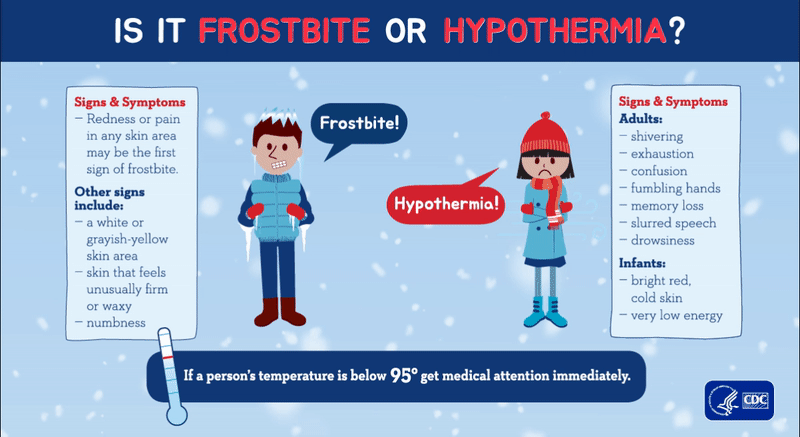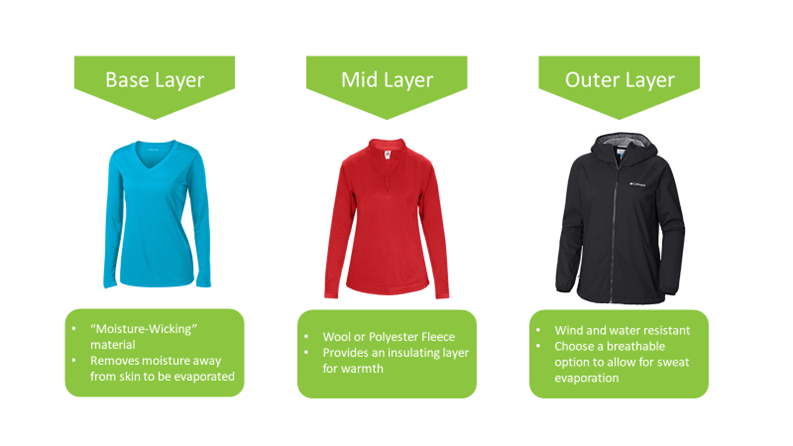Winter Workout Safety
Read Time: 1 min 38 sec
Winter is just around the corner, which means colder temperatures. Workout motivation can take quite a hit with colder temperatures and less daylight, but it’s important to keep exercise routines going all year long. From weight management to immune health, year-round consistency is the key when it comes to experiencing the benefits that exercise has to offer. Thoughtful planning and taking the right precautions can help you continue a safe and effective exercise routine throughout the winter.
Practice Good Safety Habits
The options for outdoor exercise are numerous. It is important to keep good safety habits in mind when exercising in the winter. Frigid temperatures and winter elements can lead to frostbite or hypothermia if you are not properly prepared. Before heading outside, always check the air temperature and the windchill. Added wind can increase your body’s heat loss and cold temperatures, in general, can raise blood pressure. Talk with your doctor before beginning an exercise routine, especially if you have hypertension, heart disease, or other health conditions. In colder weather we may not feel thirst, however, dehydration can still happen. Remember to hydrate before, during, and after any workout. Finally, don’t forget that daylight is much shorter this time of year. Stay safe and visible by wearing bright colors and reflective clothing. If you’re walking your dog, keep them visible too by using reflective or light-up leashes and collars.

Wear the Appropriate Apparel
Wearing the right clothing during your winter workout can make all the difference. Dressing in layers will help prevent over or under-dressing. Keep exposed skin and extremities covered by wearing hats, gloves, scarves, and warm socks. Choose shoes or boots that are activity-appropriate and have good tread and traction. Minimize the risk of injury by sticking to flat surfaces and keeping an eye out for black ice.

Warm-Up for 10-15 Minutes
Warm-ups are a key part of all workouts and are even more important in colder temperatures. A warm-up will help gradually raise your heart rate and promote increased blood flow to your muscles. Warm-up for 10-15 minutes to get your body ready for exercise. Include dynamic stretches, such as arm and hip circles and lunges in your warm-up activity. Save the static stretches for your cool-down afterward.
Keeping these key factors in mind can help you safely continue exercising all year long. Don’t let your healthy habits go into hibernation.
Always consult with your physician before starting a new exercise program.
Next Article: Wellness Gift Guide
Written by BWS Lead Health Coach- Kelly Schlather, BS, ASCM – CEP
